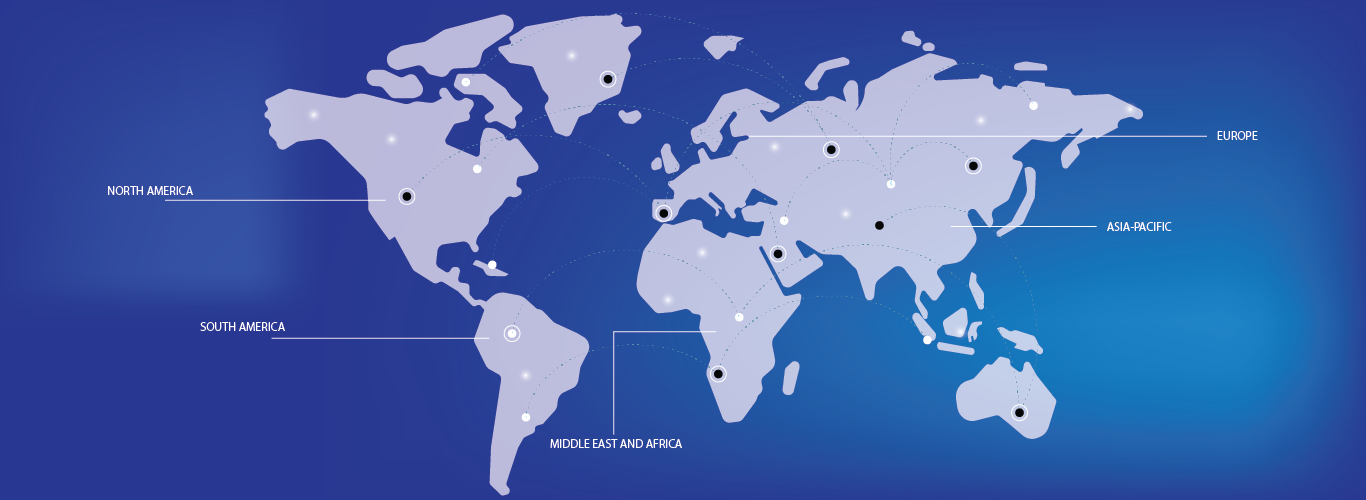In recent years, the chronic spontaneous urticaria market is anticipated to grow rapidly during the forecast period owing to the high prevalence of urticaria. Urticaria is a skin disorder that is characterized by hives and angioedema. Chronic spontaneous urticaria is described as urticaria symptoms that last for at least 6 weeks. In around 45 percent of patients, it is linked to autoimmunity. Although treatment can be challenging, high-dose non-sedating antihistamines should be used as a first line of defense; 4-6 tablets per day may be required.




